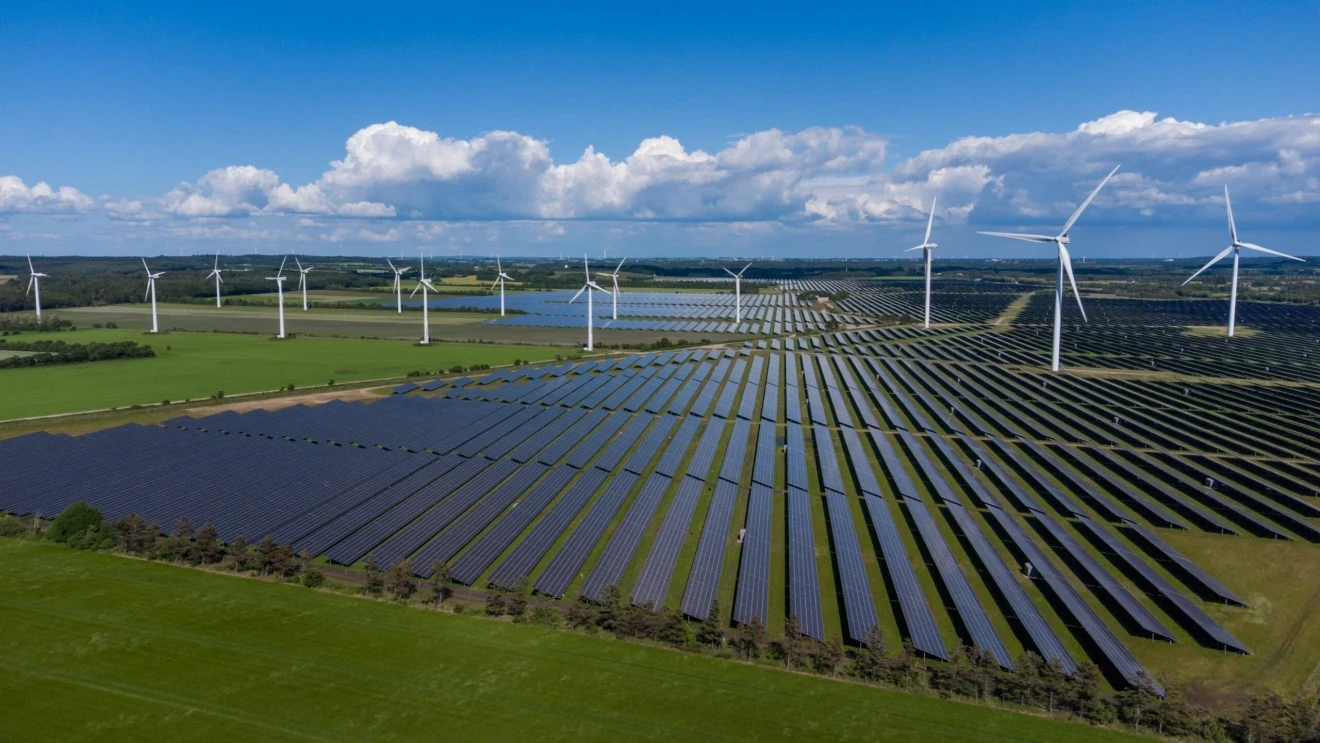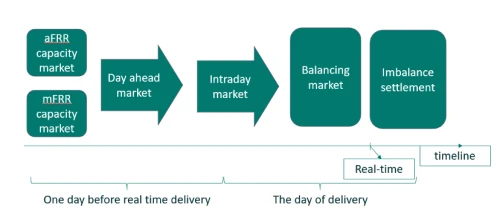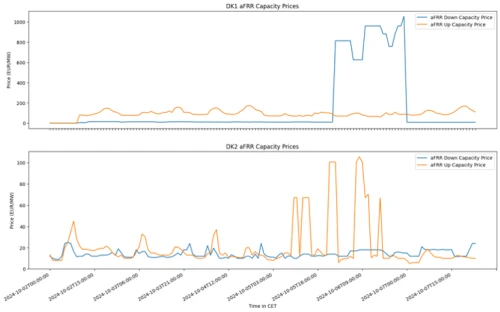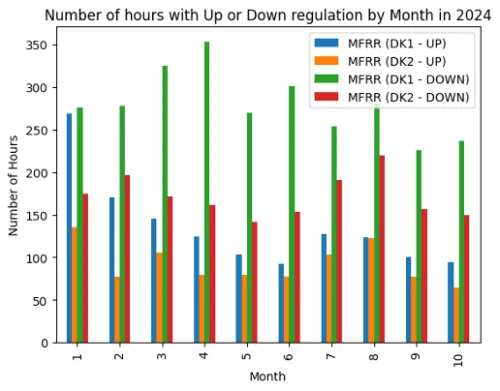Balancing green markets: Denmark sets the standard in Europe
As Denmark continues to deploy intermittent renewable generation, the country faces unique challenges in balancing its power system. Priyanka Shinde, Nordic market expert at Montel Analytics, delves into the opportunities and obstacles within Denmark's evolving balancing market.




Explore the data informing Priyanka's analysis